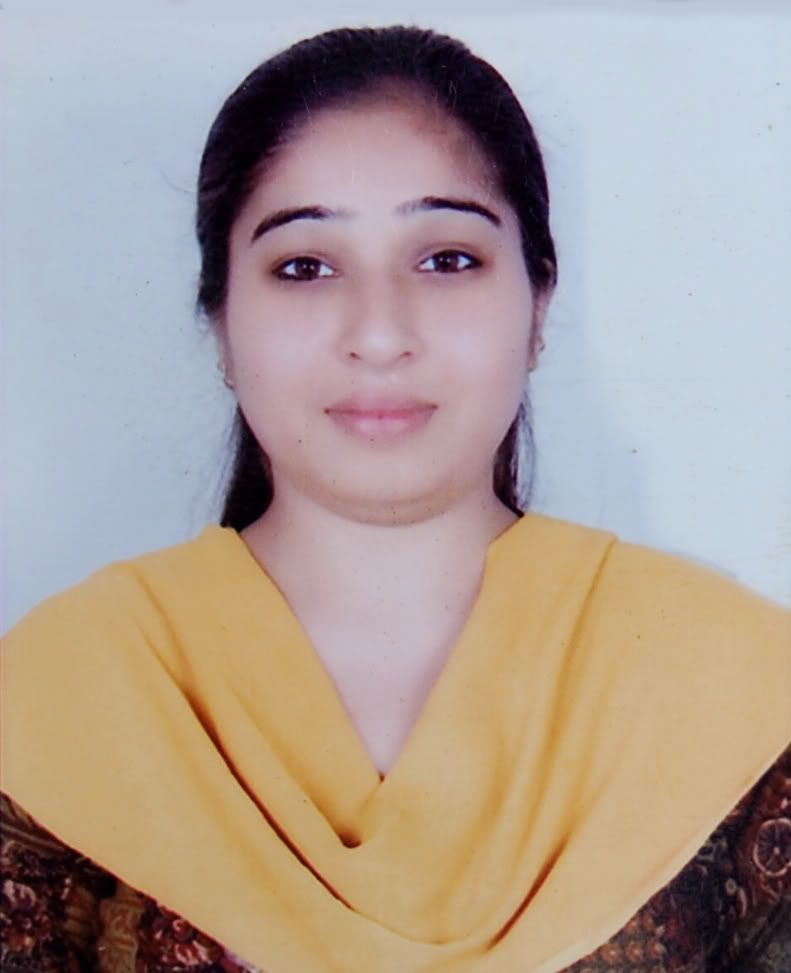 About Authors:
About Authors:
Sreedhar Reddy C
M.Pharm, Department of Pharmaceutics,
Vasavi Insitute of Pharmaceutical Sciences,
Vasavi Nagar, Peddapalli (V), Kadapa (dist),
A.P, India
Abstract:
In this study, transdermal patches containing Itraconazole were prepared using different ratios of polyvinylpyrrolidone (PVP) and Hydroxy propyl methyl cellulose (HPMC) by solvent evaporation technique using 10%w/w of dibutyl phthalate incorporated as plasticizer. The drug matrix film of PVP and HPMC was casted on a polyvinylalcohol backing membrane that was previously dried at 600C for 6 hrs. All the prepared formulations were subjected to physical studies (moisture content, moisture uptake, Tensile strength, flatness and Drug content determination), in vitro release studies and in vitro skin permeation studies. The physiochemical compatibility of the drug and the polymers studied by IR spectroscopy have absence of any incompatibility. In vitro permeation studies were performed across skin using a Franz diffusion cell. Variations in drug release profiles among the formulations studied were observed. Based on a physicochemical and in vitro skin permeation study, formulation F1 (PVP/HPMC, 5:1) and F5 (PVP/HPMC, 1:5) were chosen for further in vivo experiments. The anti inflammatory effect and a sustaining action of Itraconazole from the two transdermal patches selected were studied by inducing paw edema in rats with 1% w/v carrageenan solution. Hence, it can be reasonably concluded that Itraconazole can be formulated into the transdermal matrix type patches to sustain its release characteristics.
 About Authors:
About Authors:


 RAVISANKAR.M*1, SUBASINI.U2, ANAND THANGADHURAI.S3, KARTHIKEYAN.S4, CHANDRA SEKAR.E.5
RAVISANKAR.M*1, SUBASINI.U2, ANAND THANGADHURAI.S3, KARTHIKEYAN.S4, CHANDRA SEKAR.E.5 ABOUT AUTHORS:
ABOUT AUTHORS: About Authors:
About Authors: About Author:
About Author: About Authors:
About Authors: About Authors:
About Authors: About Authors:
About Authors:







.png)


